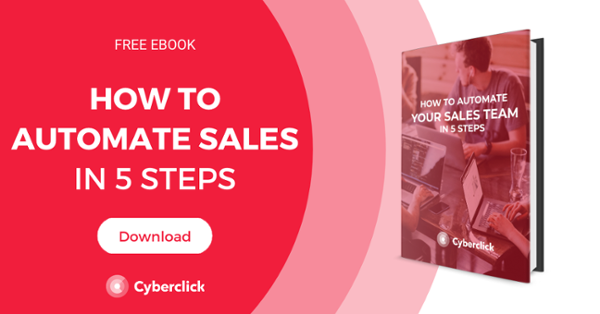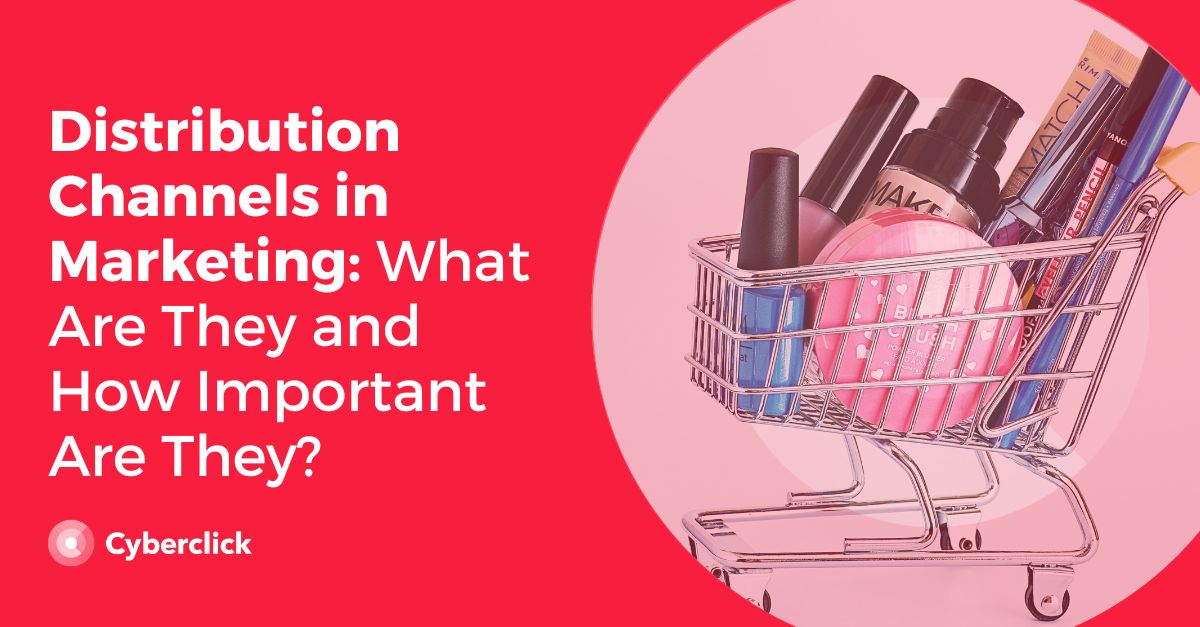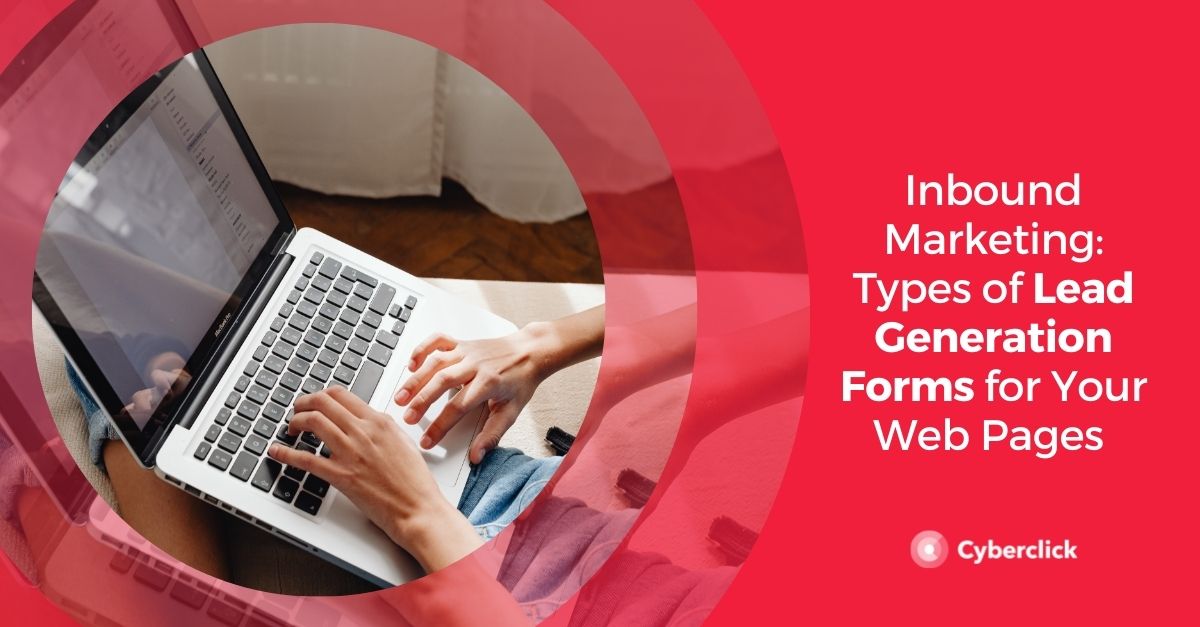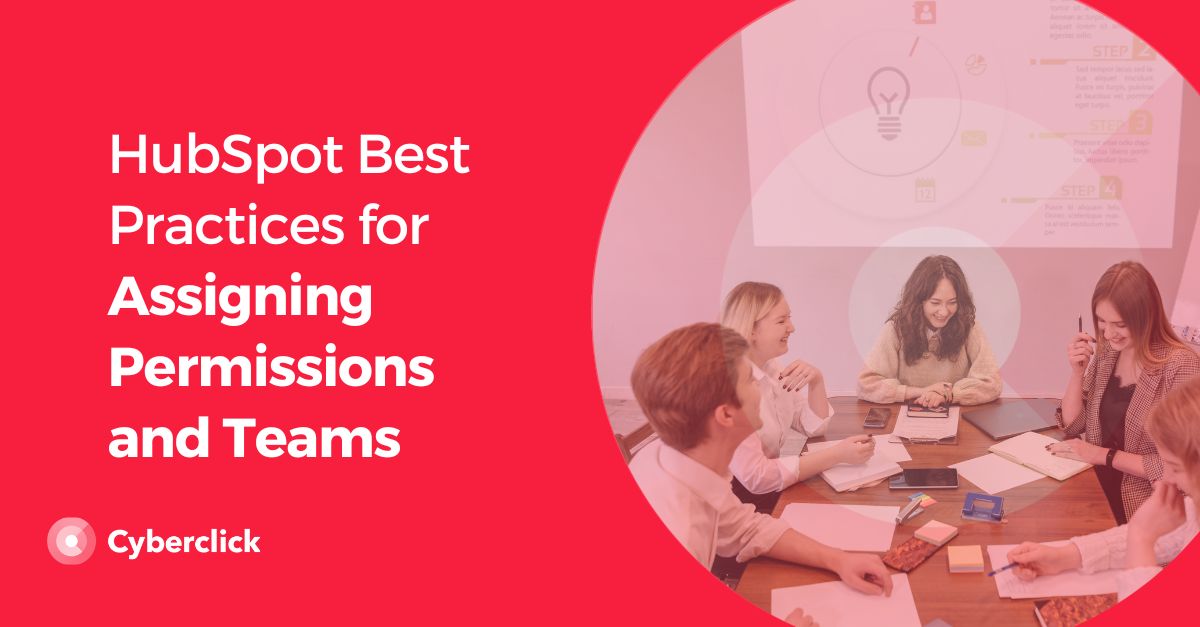Upselling is a marketing strategy that focuses on persuading prospective customers to purchase higher value products or upgrade a product or a service. It is a powerful and effective marketing technique where you target prospects who are already willing to make a purchase from you. Choosing the right strategy can help you increase your conversion rates and gain more profit from existing customers.
Here, we will discuss what upselling is and how it differs from another common marketing technique: cross-selling. We will also share a few upselling tips and examples to help you put your strategy into practice.
Upselling Definition
Upselling is a sales technique where customers are encouraged to upgrade to a premium or enhanced product or purchase add-ons in order to increase their spend. For example, you might encourage them upgrade their subscription. The aim is to offer the buyer options they may not have considered and increase the level of profit you get from their final purchase.
Aside from the obvious benefit of increased profit, there are a number of additional benefits to implementing an upselling strategy in your business.
- Upselling can help you develop deeper relationships with your customers and, when it’s done right, it can improve the shopping experience. The aim is to make your customers feel they are getting a good deal.
- It’s easier and cheaper to upsell to existing customers than sourcing and attracting new ones.
- With the right strategy you can offer your customers convenience and flexibility.
- Upselling can balance growth between new and existing customers. It can also increase customer lifetime value (CLV): the net profit contribution a customer makes to your company over time.
- Upselling is one of the most effective techniques for converting shoppers into return customers.
- Ultimately, it can increase your profit margins and your ROI.
Upselling vs. Cross-selling
It’s important to understand the distinction between upselling and cross-selling. Although both techniques are commonly used in ecommerce, there is a subtle distinction between the two terms.
Put simply, cross-selling is about adding to a sale by promoting additional complementary products. For example, if a shopper is buying a laptop from you, you could cross-sell software, speakers or headphones.
Upselling, in turn, is about offering an enhanced product. If the same shopper is buying a laptop, you could offer them a premium version of the product or an enhanced warranty. In other words, upselling increases your revenue by convincing a buyer to purchase a superior version of a product, whereas cross-selling does the same by suggesting more complementary products to buy.
Your business model will ultimately dictate whether cross-selling or upselling is more valuable. Having said that, most companies find that a mix of the two strategies at different stages of the sales funnel can help to boost profit margins and add value to the buyer experience.
Upselling Examples and Tips
Here are a few tips and examples to help you design an upselling strategy that provides your customers with genuine value and increases your overall revenue.
Get to Know Your Buyers
First and foremost, you need to understand your market so that you can implement the right upselling strategy. Use tools like Google Analytics to get to know the habits and behaviors of your customers. Figure out what they search for and what they buy so that you can identify the right products to upsell. Make sure you understand their needs before you approach them with an upsell opportunity. You want each customer to feel you are adding value with your upsell proposition.
Choose a Relevant Product to Upsell
You also need to make sure that the products you upsell are relevant. Do they provide customers with added benefits? Are they relevant to the products they have decided to buy? Talk them through additional features and the benefits they will see now and in the future.
Offering your customers irrelevant products or overwhelming them with too many options is a sure-fire way to put them off. This will not only put them off making their initial purchase, but it is also likely to stop them from returning in the future.
Offer a Reward
A great tactic to encourage an upsell is offering a reward. This can be a great incentive to motivate customers to be impulsive and commit to your upsell. The best time to do this is at the final stage of a purchase.
For example, if they have $50 worth of items in their shopping basket, you can offer them the incentive of a 10% discount if they upgrade a product.
Offer Free Shipping
Another great tactic to offer at the final stage of a purchase is free shipping if a customer upgrades their purchase. This gives them a clear payoff and it can be a great motivator. In fact, studies have shown that 9 out of 10 consumers say free shipping is their top incentive to completing an online order.
For example, Sephora’s ecommerce platform offers customers free shipping once their order reaches a value of $50. Customers would much rather spend that extra money on a product than on something intangible like shipping expenses.
Offer Multiple Upsell Opportunities
You should aim to offer multiple upselling opportunities at different stages of the customer journey. This makes it far more likely that you will successfully upsell a product.
For example, you could offer upselling opportunities on product pages, when customers add items to their shopping cart and when they checkout.
Don’t Be Pushy
Finally, and arguably most importantly, never be pushy. You don’t want to annoy your customers or overwhelm them with upsells. If you promote upselling opportunities at the wrong time or too often then you might lose the sale all together.
For example, there’s no point pushing an upselling opportunity when a user has just landed on a product page. You should also avoid using pop-up windows or anything that gets in the way of their shopping experience.
Generally speaking, the best time to upsell is once a prospect has made the decision to make a purchase. This might be when they add an item to their basket, or just before they checkout. You want your customers to feel that the product you are trying to upsell will provide them with genuine value, not that you are pushing a hard sale for your own benefit.
AI-Driven Business Digital Strategy Consultant en Cyberclick. Experta en ecommerce, experiencia de usuario (UX), inbound marketing y estrategias de CRO orientadas a maximizar las conversiones. Acompaña a las empresas en la integración de la IA en su negocio y en la toma de decisiones digitales para impulsar crecimiento y eficiencia.
AI-Driven Business Digital Strategy Consultant at Cyberclick. Expert in ecommerce, user experience (UX), inbound marketing and CRO strategies focused on maximising conversions. She helps companies integrate AI into their business and make better digital decisions to drive growth and efficiency.






Leave your comment and join the conversation